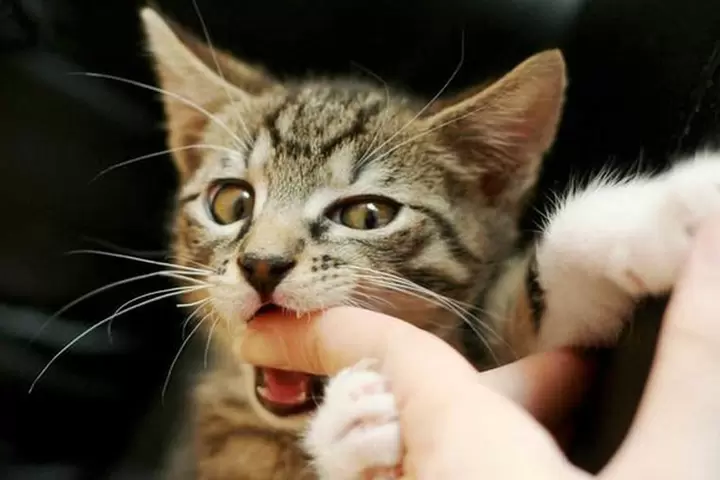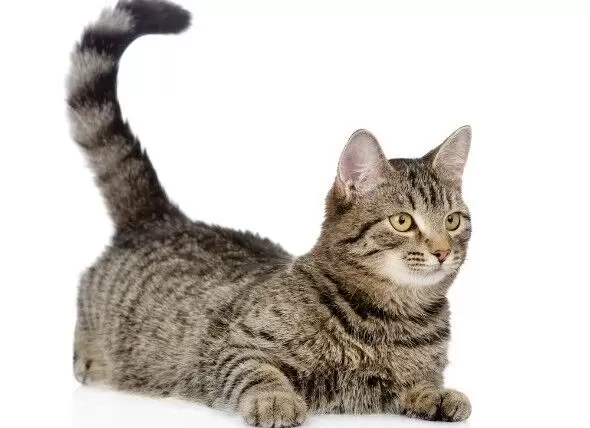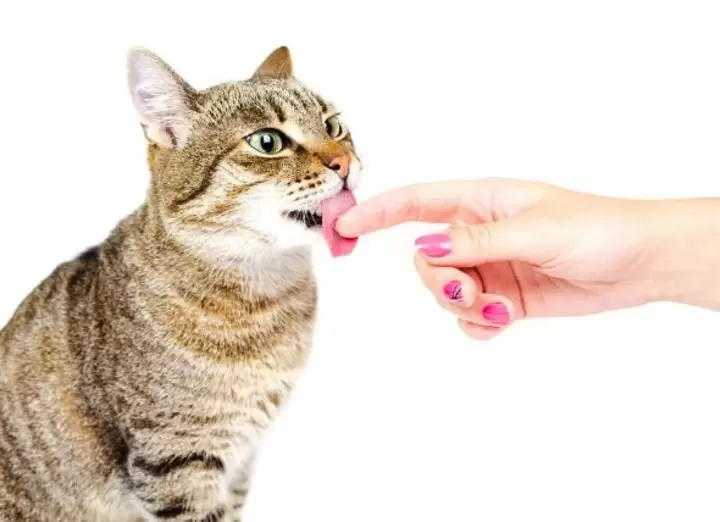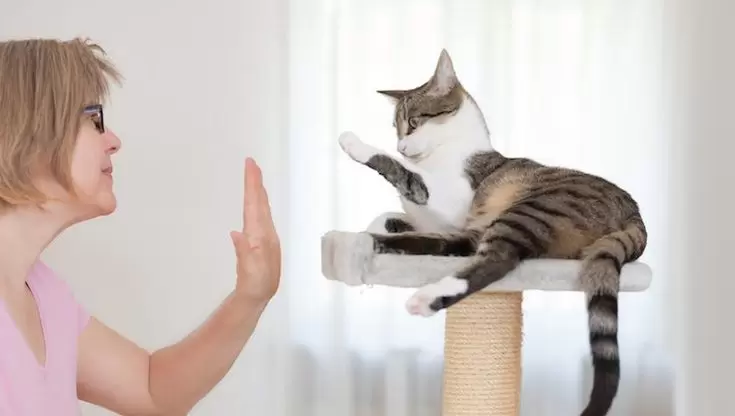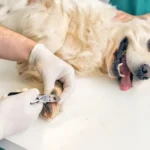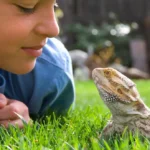Have you ever found yourself bewildered by your cat’s behavior of delivering a gentle nip followed immediately by a lick to the same spot? Like many pet owners, you may have questioned what intricate message could possibly be conveyed through this seeming contradiction of first offense then affection. However, there is meaningful purpose behind this trademark technique of cat communication that combines warning with comfort in one fluid motion. cat bite me
As social animals who evolved to live cooperatively in family groups, domestic cats rely heavily on body language, touch cues and scent signals to share intentions and regulate interactions in lieu of vocalizing often.
Their subtle but purposeful biting then licking allows for conveying subtly mixed messages that humans with our own communication tendencies may find puzzling at times.
Let’s explore in depth the various situations that may prompt a cat to employ this distinctive behavior and ways to gain insight into what your furry friend could be attempting to communicate.
Understanding Cat Communication
When a cat gently bites you and immediately follows up with a lick to the same spot, it is demonstrating a unique form of cat communication. Through this action, cats are asserting their dominance while also expressing continued affection for their owner.
The brief nip serves as a correction or warning about some behavior the cat disapproved of. The licking that follows soothes any pain or hurt from the bite. It also reaffirms the bond between feline and human.
Essentially, cats are saying “I’m in charge here but we’re still friends.” This common behavior allows cats to peacefully manage social interactions and express what they are feeling to their owners.
Nipping Then Licking as an Affectionate Greeting or Playful Gesture
For some cats, nipping followed by lingering licks can function akin to a hug or kiss between people to indicate warmth and bonded comfort levels. Subtle context clues can provide guidance here.
Is your feline greetingly bite licking mainly upon first encountering you after time apart or when you enter their space? Are there additional affectionate cues like headbutting, gentle pawing or a raised tail?
Is the nip itself very soft, without broken skin or signs of distress on your end? Does the lick that follows linger for several seconds in long, soothing strokes?
In such cases where the behavior arises in clearly companionable circumstances, the nip may serve playfully to get your attention while the lick signals “I feel closeness and am being welcoming or inviting play.”
They view initiating physical contact as a sign of secure attachment, so this nibble then nuzzle operates similar to nip wrestle interactions sometimes seen between kitten littermates establishing hierarchy through affectionate roughhousing. Rather than malice, the intent is bonding through using their principal language of touch and taste together.
Overstimulation as a Common Trigger Prompting the Cycle of Nip Then Lick
For cats, overstimulation from intensive movement, sights, sounds or invasion of personal boundaries can induce anxiety. Consider whether your feline’s bite licking seems to follow an energetic play session where they may have become over aroused.
Potential additional signs could include a hunched, tense posture with flickering tail before or during the behavior. The lick itself may last 10 seconds or more, appearing compulsive as if self soothing through the calming properties of grooming.
In these situations of overexcitement, cats like all animals resort to adrenaline fueled survival instincts and the nip communicates “stop, I’m starting to feel threatened.”
Meanwhile, their endogenous opioids released by licking help re-regulate both themselves and the recipient by diminishing stress levels. This allows shifting to a calmer mood before things escalate, resolving the interaction positively rather than ending in overt aggression that damages trust within relationships.
Especially for indoor cats dependent on humans for entertainment and security, bite licking may empower them to have some control over overstimulating handling by owners with good intentions but missed social cues.
Using the Behavior as Positive Punishment to Assert Preferences and Limits
Another common circumstance prompting the sequence of nip then lick relates to boundary setting within the dynamics of cat human interaction. Consider whether your feline tends to nip lick in response to specific behaviors like lengthy stroking, confinement in tight holds, or intense play that has gone on too long according to their tolerance levels.
Their intent here seems to communicate preferences through positive punishment by first delivering a consequence in the gentle nip, then reassuring after the desired changed behavior with affectionate licking.
For example, a cat may bite lick when their tail base or paws are touched for extended periods if that causes overstimulation signs like lashing or repeated paw pulling.
Consistently being bite licked after picking them up for too long durations suggests they feel anxiety in being restrained, wanting freedom of movement back. During games, it may signal their capacity for active high arousal activity has reached its limit and to wind things down now to more relaxed calmness.
Rather than resentment, these nips aim to correct respectfully while the following lick re-establishes comfort, similar to a mother cat disciplining kittens. By heeding such subtle feedback through observing patterns, cat lovers can modify interactions respectfully to aid feline well-being and perpetuate the secure bond of trust between species based on mutual understanding rather than assumptions.
FAQs
Q:Why does my cat bite me then lick me right after?
A:A sign of affection and not aggression.
Q:Why do cats bite themselves then lick?
A:Boredom, anxiety, or compulsive disorder.
Q:How do I know if my cat loves me?
A:If your kitty rubs up against you and rumbles in the morning, or makes biscuits while purring loudly in your lap
Conclusion
As with all feline conduct, the context, individual cat personality traits and additional signs must be carefully considered when interpreting the intricate reasons behind a beloved pet’s tendency to gently bite then lick.
But with open mindedness, patience and focused observations over time assessing changes in posture, facial expression and behaviors both before and after the act, owners can gain insight into their specific companion animal’s social cues and what they may intend to express.
By both parties making efforts to comprehend the other’s standpoint considering species typical social conventions, human feline relationships based on multidirectional communication become all the more empathetic and rewarding.

